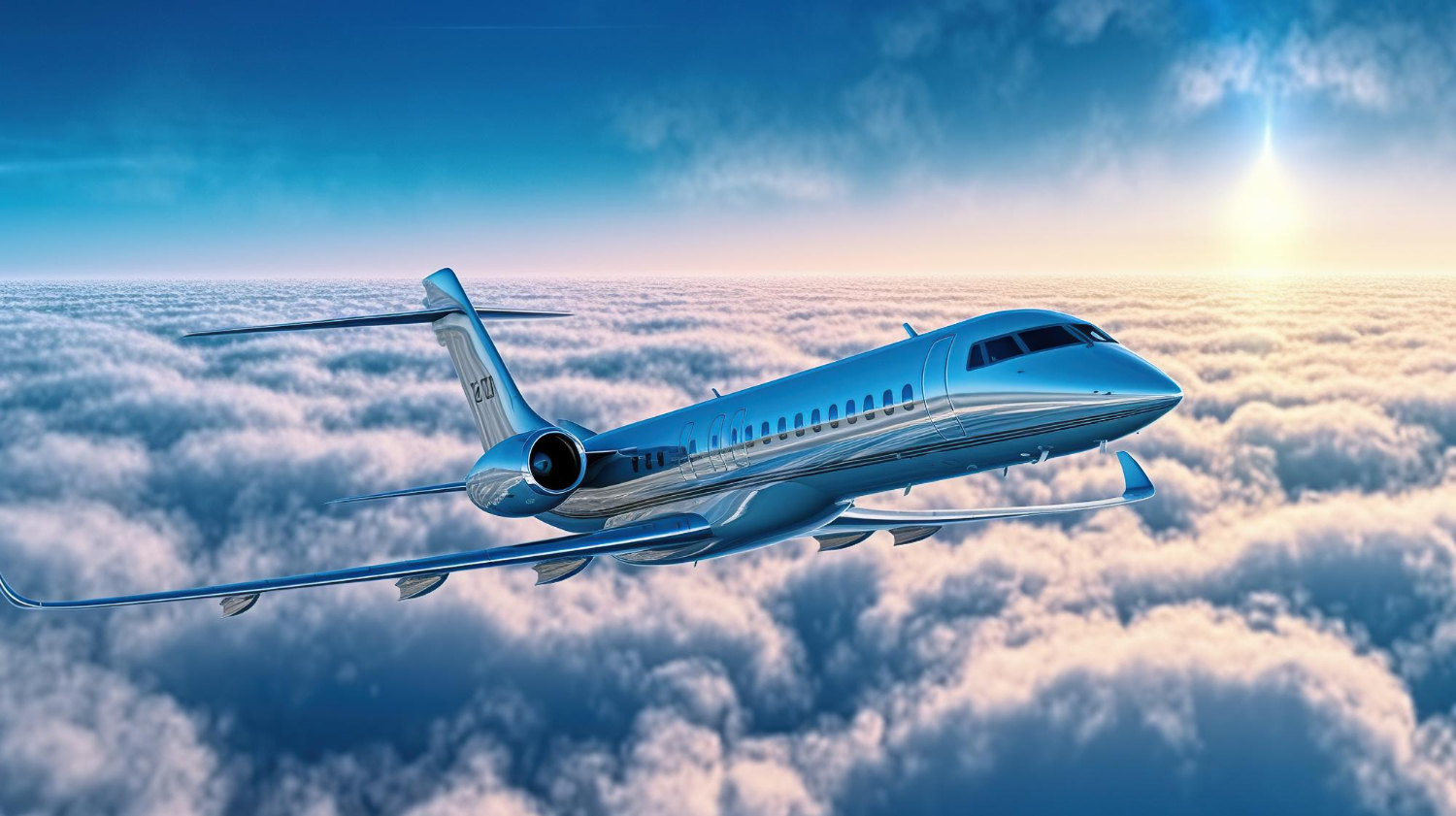
Table of Contents
- The Carbon Footprint of Aviation
- The Birth and Rise of Sustainable Aviation Fuel (SAF)
- Historical Context
- Key Players
- Future Projections
- Electric Aircraft: A New Era in Aviation
- History and Development
- Key Players and Models
- Battery Technologies: The Heart of Electric Aircraft
- Benefits of the Green Aviation Revolution
- The Challenges Ahead: Roadblocks and Solutions
- Global Initiatives and Regulatory Changes
- The Economic Impacts of Green Aviation
- Case Studies: Success Stories in Green Aviation
- The Role of the Consumer: Demand for Sustainable Air Travel
- Conclusion
1. The Carbon Footprint of Aviation
The urgent push towards sustainability in the aviation sector stems largely from its considerable environmental footprint. While accounting for 2-3% of global carbon dioxide emissions might seem minute, the implications are massive. Every year, airplanes emit around 915 million tons of CO2 into the atmosphere. To put that into perspective, if the aviation sector were a country, it would rank 6th globally in terms of CO2 emissions.
Furthermore, CO2 is not the sole concern. Flights at high altitudes result in various emissions, including water vapor and nitrogen oxides. These contribute to the formation of contrails and cirrus clouds, potentially doubling aviation’s warming impact on the climate.
It’s also worth noting the consistent growth in air travel. With a 5% annual growth rate, ignoring this industry’s environmental implications isn’t an option.
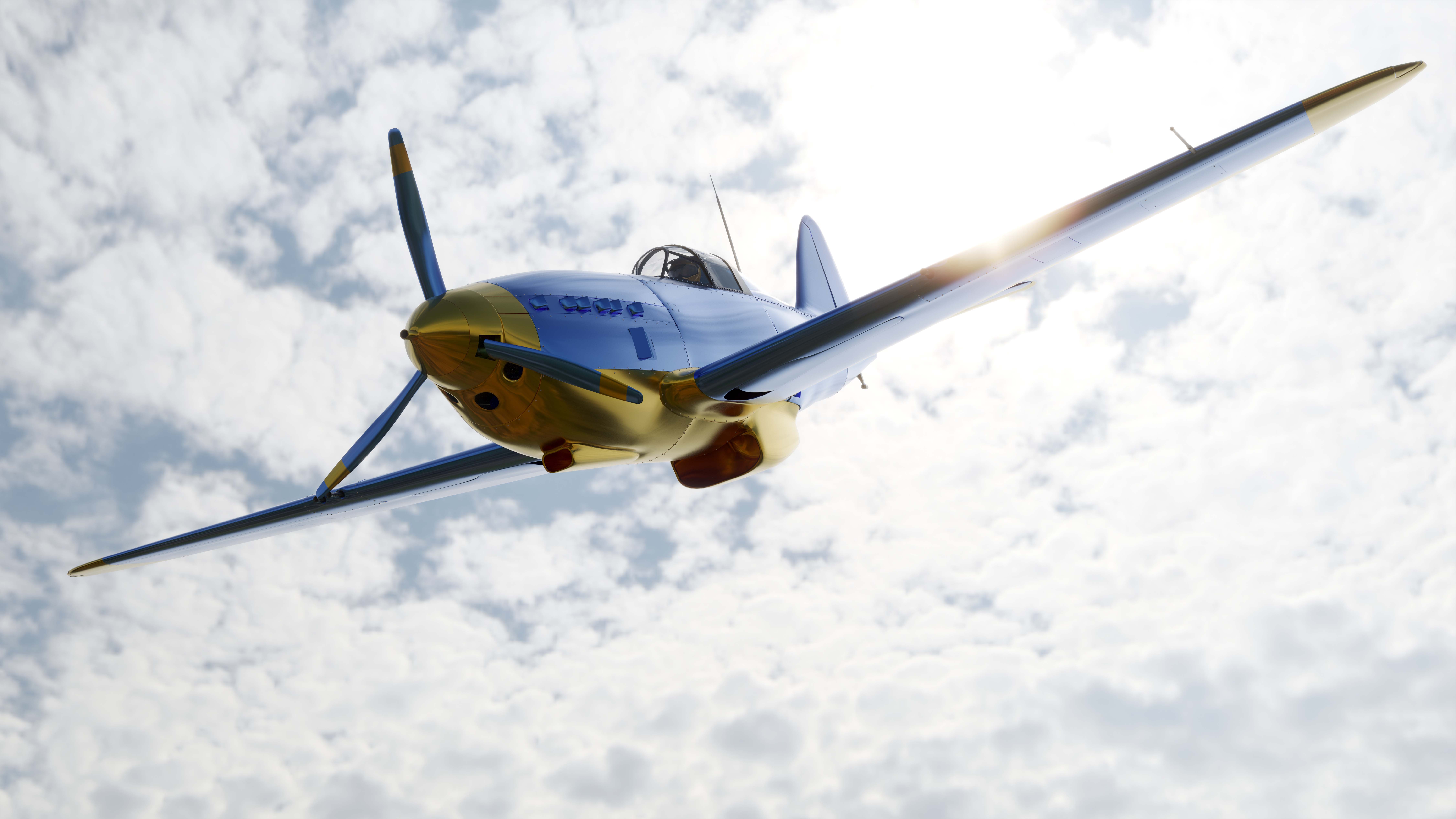
2. The Birth and Rise of Sustainable Aviation Fuel (SAF)
Historical Context: The 1973 oil embargo sparked initial interest in alternative fuels. Although aviation was not the primary focus then, the crisis planted the seed for energy diversification. The late 20th and early 21st century saw intensified research in SAFs due to volatile oil prices and mounting environmental concerns.
Production Methods: SAFs are not a singular entity; they can be produced using various feedstocks and processes. Some common methods include:
- Fischer-Tropsch Process: Here, biomass or waste resources are gasified to produce a mix of carbon monoxide and hydrogen. These are then transformed into liquid hydrocarbons.
- Hydroprocessed Esters and Fatty Acids (HEFA): Fat, oil, and grease waste are processed with hydrogen to create hydrocarbons that can be used as jet fuel.
Benefits Over Conventional Fuel: SAFs can reduce the life-cycle carbon emissions of aviation fuel by up to 80%. Beyond carbon, they also reduce particulate matter emissions, benefiting local air quality around airports.
Economic and Supply Chain Implications: A switch to SAFs means altering global supply chains. While initial setup costs are high, the long-term economic viability, especially with the possibility of carbon taxes and the social cost of carbon, is promising.

3. Electric Aircraft: A New Era in Aviation
Challenges and Opportunities: The main challenge facing electric aircraft is the energy density of batteries. Jet fuel contains about 30 times more energy by weight than a typical lithium-ion battery. This disparity highlights the fundamental challenge in this transition.
However, technology is evolving. Solid-state batteries, which promise higher energy densities and safety, are being researched extensively. For shorter flights and urban air mobility solutions (like air taxis), electric propulsion appears particularly promising.
Emerging Players and Models: Beyond established companies, several startups are venturing into electric flight. Examples include:
- Eviation’s Alice: Slated to be one of the first commercial all-electric planes, Alice can carry nine passengers with a range of 650 miles.
- Vertical Aerospace: This UK-based company is developing the VA-1X, aiming to be the world’s first certified winged all-electric Vertical Take-Off and Landing (eVTOL) aircraft.
Economic and Infrastructural Implications: With lower operational costs, electric planes can revolutionize regional air travel, making it cheaper and more accessible. However, infrastructural changes, like charging networks at airports, are prerequisites for this shift.
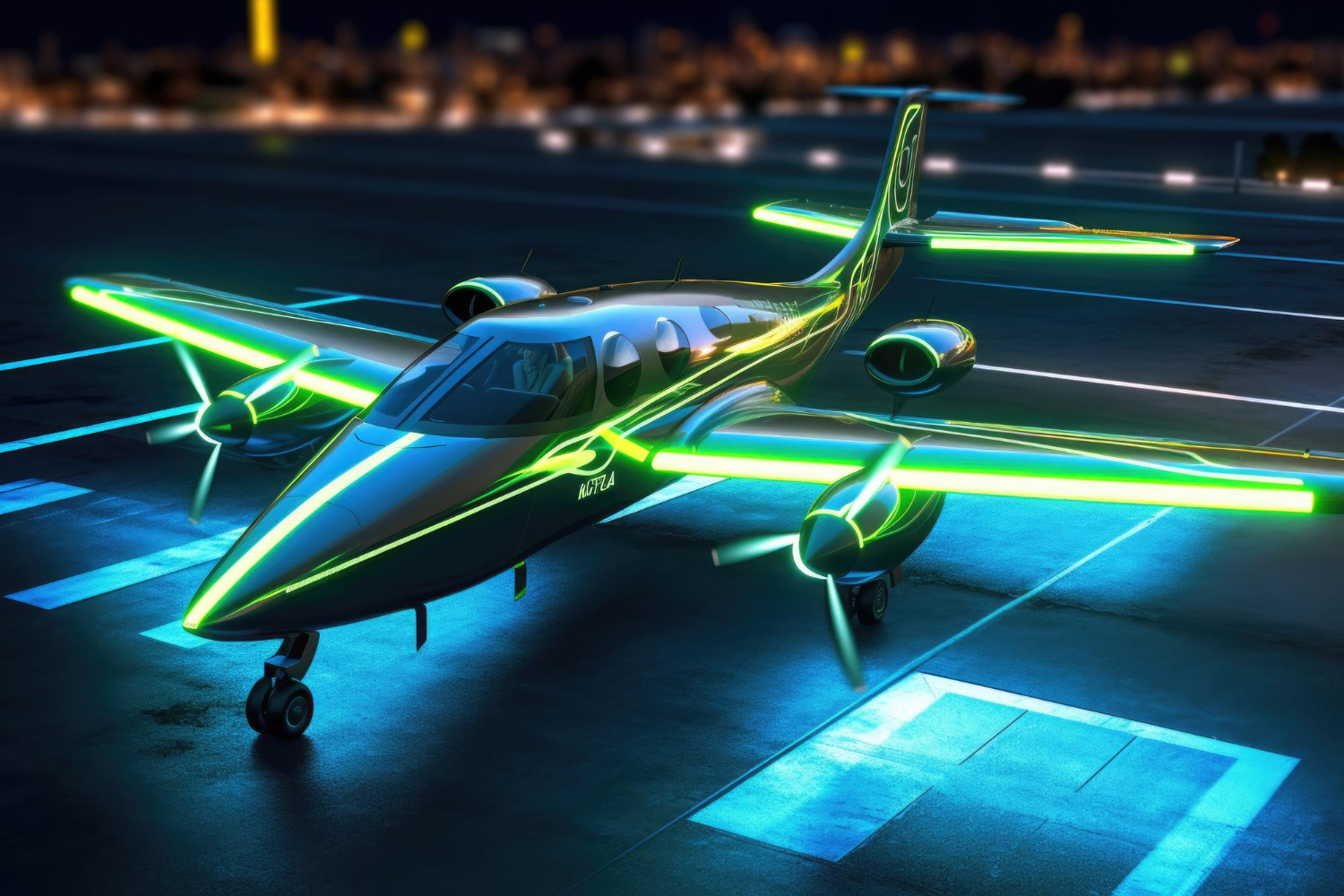
4. Benefits of the Green Aviation Revolution
Operational Cost Savings: Traditional jet fuel prices can be volatile, influenced by global geopolitical events and production rates. Sustainable aviation fuels, once integrated on a large scale, promise a more stabilized pricing structure, given the myriad of sources they can be derived from.
Electric aircraft, on the other hand, would benefit from the steadily decreasing cost of renewable electricity. The absence of complex jet engines also means fewer moving parts, translating to less maintenance and longer lifespans.
Reduced Noise Pollution: The roar of a jet engine is unmistakable and can be a nuisance for communities living around airports. Electric motors promise a quieter flight. This isn’t just about comfort; noise pollution has been linked to various health issues, from sleep disturbances to cardiovascular diseases. A reduction could have notable public health benefits.
Job Creation: Pivoting towards a green aviation sector isn’t just about sustainability; it’s also about economics. New industries birth new careers. Battery engineers, sustainable fuel researchers, and electric propulsion specialists will be professions in high demand. Additionally, new manufacturing hubs will be required for these next-gen aircraft, creating jobs across multiple sectors.
5. The Challenges Ahead
Technological Hurdles: The transition to green aviation is not without its challenges. Battery technology is advancing, but it hasn’t reached a point where transcontinental electric flight is feasible. Energy density, charging times, and overall battery lifespan are all areas of concern.
For SAFs, large-scale production is a challenge. Ensuring a consistent quality that meets aviation standards, while simultaneously being cost-effective, is a significant hurdle.
Regulatory Challenges: Air travel is among the most regulated industries globally, and for a good reason. Safety is paramount. The introduction of new aircraft designs, propulsion methods, and fuels means that aviation authorities worldwide will have a massive task of ensuring these are safe for public use.
Infrastructure Development: Airports around the world are designed for the needs of today’s aircraft. Transitioning to electric planes means not just charging stations, but entirely new ground equipment, training for ground staff, and potentially new airport layouts.
6. Global Initiatives and Regulatory Changes
CORSIA: The Carbon Offsetting and Reduction Scheme for International Aviation is an initiative by the International Civil Aviation Organization (ICAO). It’s a global market-based measure, aimed at stabilizing CO2 emissions at 2020 levels. Airlines exceeding these levels need to offset their emissions, either through SAFs or other recognized carbon offset mechanisms.
European Green Deal: This ambitious EU policy seeks to make Europe the world’s first carbon-neutral continent by 2050. Integral to this plan is a massive overhaul of the transport sector, with aviation playing a significant role. The EU is pushing for a rapid increase in the production and use of SAFs and is investing heavily in electric aviation research.
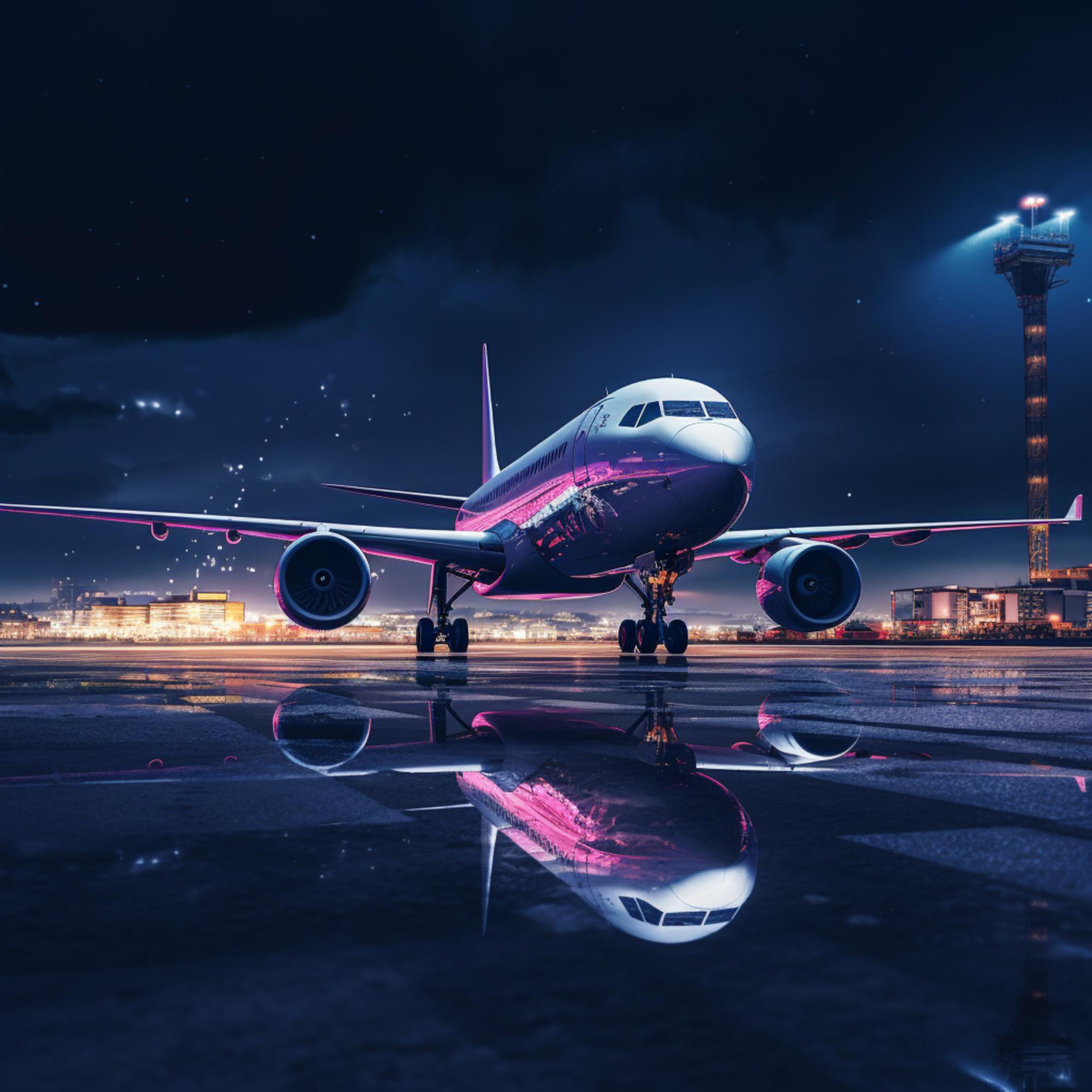
7. Case Studies
KLM’s Biofuel Initiative: KLM, the flag carrier airline of the Netherlands, has been at the forefront of the green aviation revolution. In 2019, they made headlines by announcing a significant investment in a new SAF production plant in collaboration with SkyNRG. This Amsterdam-based plant, named DSL-01, aims to be the first of its kind in Europe, producing 100,000 tons of SAF annually by 2022. KLM has committed to purchasing 75,000 tons of SAF per year for a decade from DSL-01. Their approach offers a blueprint for other airlines to integrate SAF into their operations.
Norway’s Electric Flight Vision: Norway’s commitment to sustainability isn’t just restricted to its ground transportation. The nation, known for its breathtaking fjords and high reliance on air travel for domestic connectivity, has set a vision for its skies. By 2040, Norway aims to ensure that all short-haul flights (those less than 1.5 hours) are entirely operated by electric planes. This ambitious goal, if achieved, could set a benchmark for other countries to follow.
8. Role of the Consumer
Modern consumers are becoming increasingly eco-conscious. This is evident in the shift in market trends across various sectors, from food to fashion. The aviation sector is no exception. A growing segment of travelers, particularly among the younger generations, is voicing concerns over the carbon footprint of their journeys.
Willingness to Pay More: A study by McKinsey & Company indicated that a sizable portion of travelers, especially in European countries, would consider paying more for their airfare if it meant a lower environmental impact. This willingness to invest in sustainable air travel is a clear indication that the market is ripe for green aviation solutions.
Carbon Offset Programs: Recognizing this trend, several airlines have introduced voluntary carbon offset programs. These initiatives allow passengers to invest in environmental projects to ‘offset’ the carbon emissions from their flights. While this doesn’t directly reduce the emissions from the flight, it is a step in the right direction, allowing consumers to play an active role in mitigating their environmental impact.
9. Future Predictions and Trends
As the 21st century progresses, technology and environmental necessity will drive further innovations in aviation. The following are some future predictions based on current trends:
Hydrogen-Powered Flight: Hydrogen, as a fuel, has been a topic of discussion in various sectors, from automotive to energy production. Its potential in aviation is also being explored, with companies like Airbus unveiling concepts for hydrogen-powered aircraft. Given that burning hydrogen produces only water as a byproduct, it could offer a promising emission-free alternative to conventional jet fuel.
Solar Flight: While still in its nascent stages, solar-powered flight is another area of exploration. Solar panels on aircraft could, in theory, provide supplementary power, especially for smaller, unmanned vehicles.
AI and Autonomous Flight: Automation and artificial intelligence are expected to play a significant role in the future of aviation. While this leans more towards operational efficiency and safety, reduced human errors and optimized flight paths can also contribute to fuel savings and emission reductions.
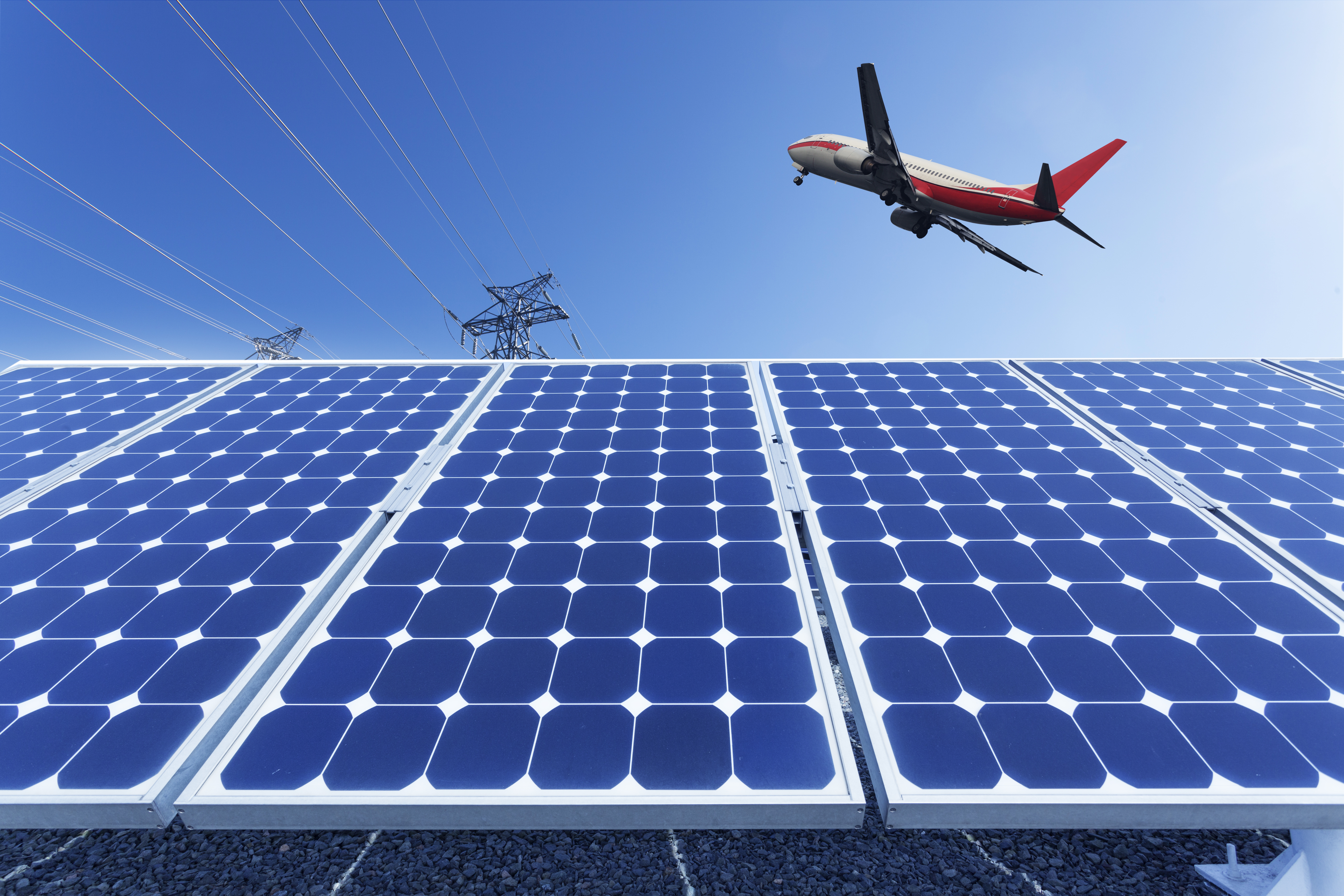
10. Conclusion
The aviation industry stands at the crossroads of innovation and sustainability. The challenges are evident, from technological hurdles to regulatory complexities. However, the commitment from various stakeholders, from airlines to consumers, signals a promising future. Whether it’s through SAFs, electric propulsion, or entirely new methods like hydrogen fuel, the journey towards greener skies is well underway. For those passionate about both the joy of flight and the health of our planet, the upcoming decades offer exciting possibilities.





